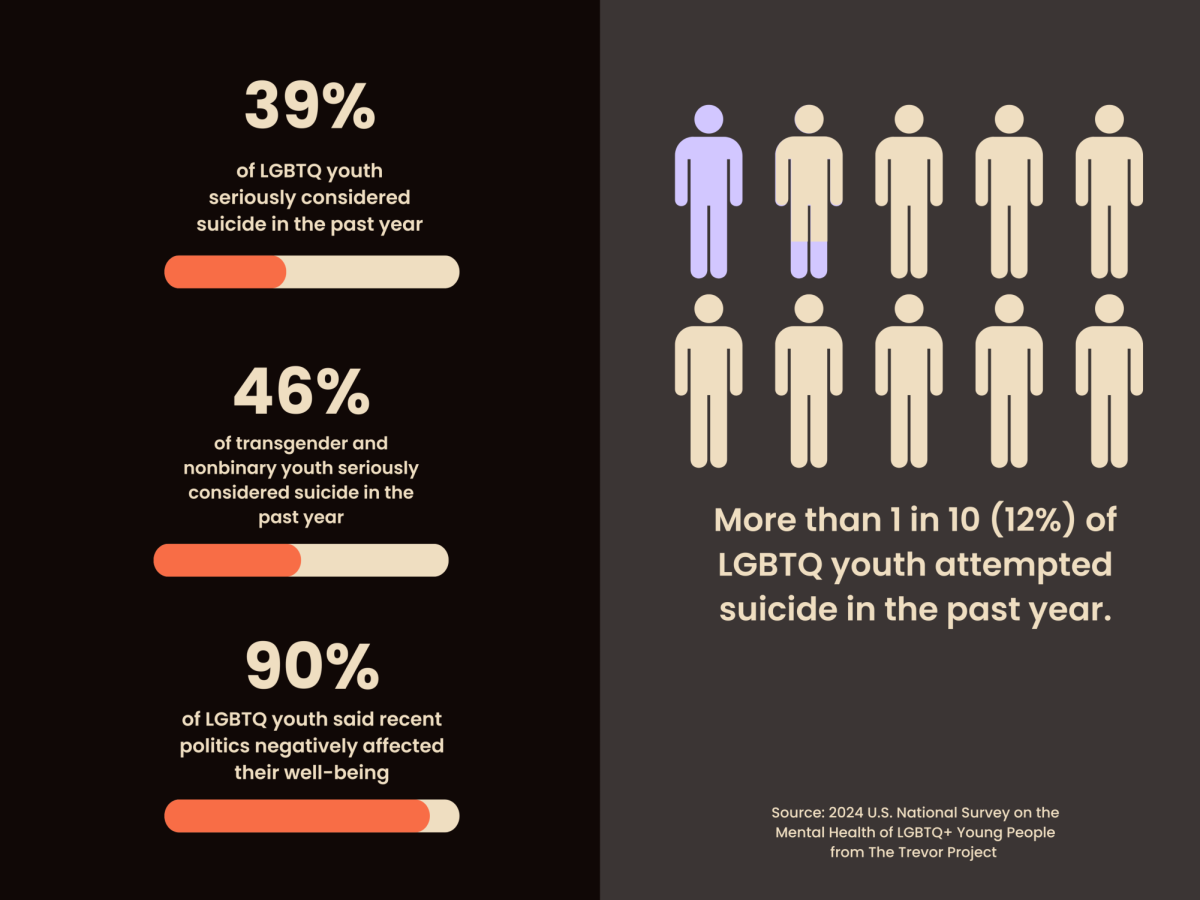E-cigarettes popular despite health risks
The JUUL is an electronic smoking device designed to help long-time smokers kick their cigarette habits. A ‘pod’ is a small replaceable container for vape juice comprised of artificial flavors, and high amounts of nicotine salts. According to JUUL’s official website, “Each JUULpod contains 0.7mL with 5% nicotine by weight, approximately equivalent to 1 pack of cigarettes or 200 puffs.”
This past week, stories surfaced on social media sites about how the JUUL is responsible for causing young people to be diagnosed with certain types of lung cancer, and other smoking-related illnesses. Thousands of college and high school students began to panic and throw away their JUUL’s, as so many young adults have ultimately began a dangerous relationship with nicotine.
The product used for its intended practices is productive. Many adults struggling with cigarette addiction found refuge in the so-called “healthier alternative.” The problem stems from JUUL’s target audience: teenagers and young adults. The JUUL has become a trend among college students across the globe, and has similarly made its way to St. Joe’s.
After these stories circulated the web, JUUL Labs released an official public statement regarding the health concerns. “The claim circulating on social media that individuals’ friends ‘have been diagnosed with cancer as a direct result of the JUUL’ is unsubstantiated and reckless,” read the statement.
The statement also claimed that “We are a mission driven company seeking to eliminate cigarettes by providing a true alternative for adult smokers.” In response to this, youth JUUL smokers simultaneously breathed in a sigh of relief and vape fumes. But these claims from JUUL Labs do not directly address the notion that exposure to nicotine can cause physiological, physical, and mental damage to developing teenagers.
It seems as though young people have this idea that smoking JUUL, or other alternative electronic smoking devices, is not disruptive or damaging to their health, since these products are intended to help with smoking. The misconception lies in the device’s purpose. The purpose is to end smoking, not to introduce users, who many have previously never even smoked cigarettes, to a hazardous dependence to nicotine.
Past generations have continued to reap the disadvantages and health issues from previous cigarette laws and norms. As it wasn’t until years of constant smoking, packs a day, that studies showed there were transparent links with cancer and smoking, it wouldn’t be shocking to find out that the JUUL causes similar issues ten years from now.
JUUL has received their share of criticism for marketing their product to youth audiences by creating a sleek, discrete, and futurized way to get a buzz. Kids don’t want to smoke cigarettes these days, as they require going outside, leave an unpleasant smell on clothes and breath, and come with disgusted and judgemental looks. With a JUUL, one can smoke indoors, it leaves no smell or taste, and so many other young people have them that it seems almost strange if one doesn’t.
A pack contains four JUUL pods, and is sold in gas stations and convenience stores for as much as $25.00 in certain locations. Given the unreasonable cost, and their new-found addiction to nicotine, young people will turn to cheaper tobacco products such as chewing tobacco or cigarettes in order to fill their need for dopamine.
It is alarming to think how many young adults have unintentionally created an addiction to one of the most powerful drugs, and it is even more alarming to think that it was a result of a generational fad.






































